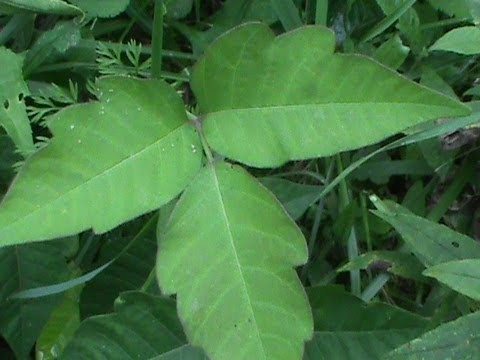A United States dermatologist has shared critical information about the poison ivy plant that could boost outdoor safety throughout this summer and prevent skin breakouts. His medical update was in response to various reports and online rumors that the plant is causing more potent and higher rates of itchy rashes. Oil in the ivy species' leaves, stems, and roots causes rashes and itchy skin in 75% of the U.S. population.
Dr. David Adams is a professor at Pennsylvania State University at Hershey. He reported that poison ivy's severity and number of cases have changed little during the past 15 years, according to The Sun Daily.
Also, one-fourth of individuals have no chemical reaction to Toxicodendron radicans. People develop a poison ivy rash due to urushiol oil, a clear liquid.
Good news about the scary plant is that skin contact alone will not cause someone to break out in a rash, according to CTV News. Adams explained that leaves, stems, or roots have to break, in order for the oil to be released.
Interestingly, the timeframe that a skin irritation develops is based on previous exposure to urushiol oil. For first first-time victims, the annoying symptoms tend to show up seven to 10 days after exposure to poison ivy. Future rash breakouts often happen in just one or two days.
The rash typically does not spread by scratching, and is not contagious. However, airborne oil can cause breakouts. People should stay away from yard fires that could contain burning poison ivy plants, as exposure to the smoke could cause skin swelling and itchiness.
However, poison ivy rashes are most often acquired when people are pulling weeds from areas such as front yards. After doing yardwork people should wash their garden tools and work clothes.
Adams explained that although he treats the most severe cases of poison ivy during summertime, there is an uptick during the winter holidays when people remove dead vines from live Christmas trees. The urushiol oil is still potent.
Calamine lotion and cortisone cream are common over-the-counter medicines that can treat a mild and localized rash. Meanwhile, prescription medication such as creams can help severe cases.



























